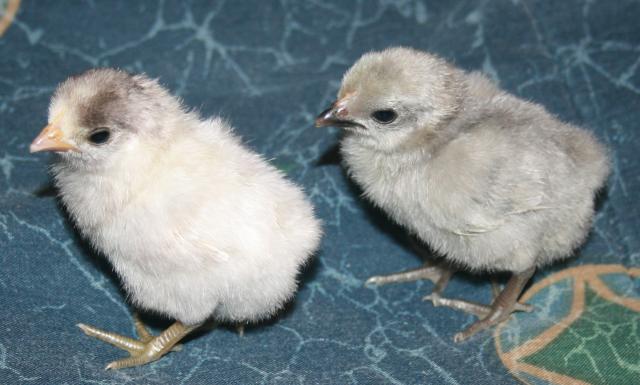Quote:
Great to see you on the forum Mr. Ron.. i've noticed the Opals are starting to come quite popular

-Daniel
Great to see you on the forum Mr. Ron.. i've noticed the Opals are starting to come quite popular

-Daniel
Follow along with the video below to see how to install our site as a web app on your home screen.
Note: This feature may not be available in some browsers.






